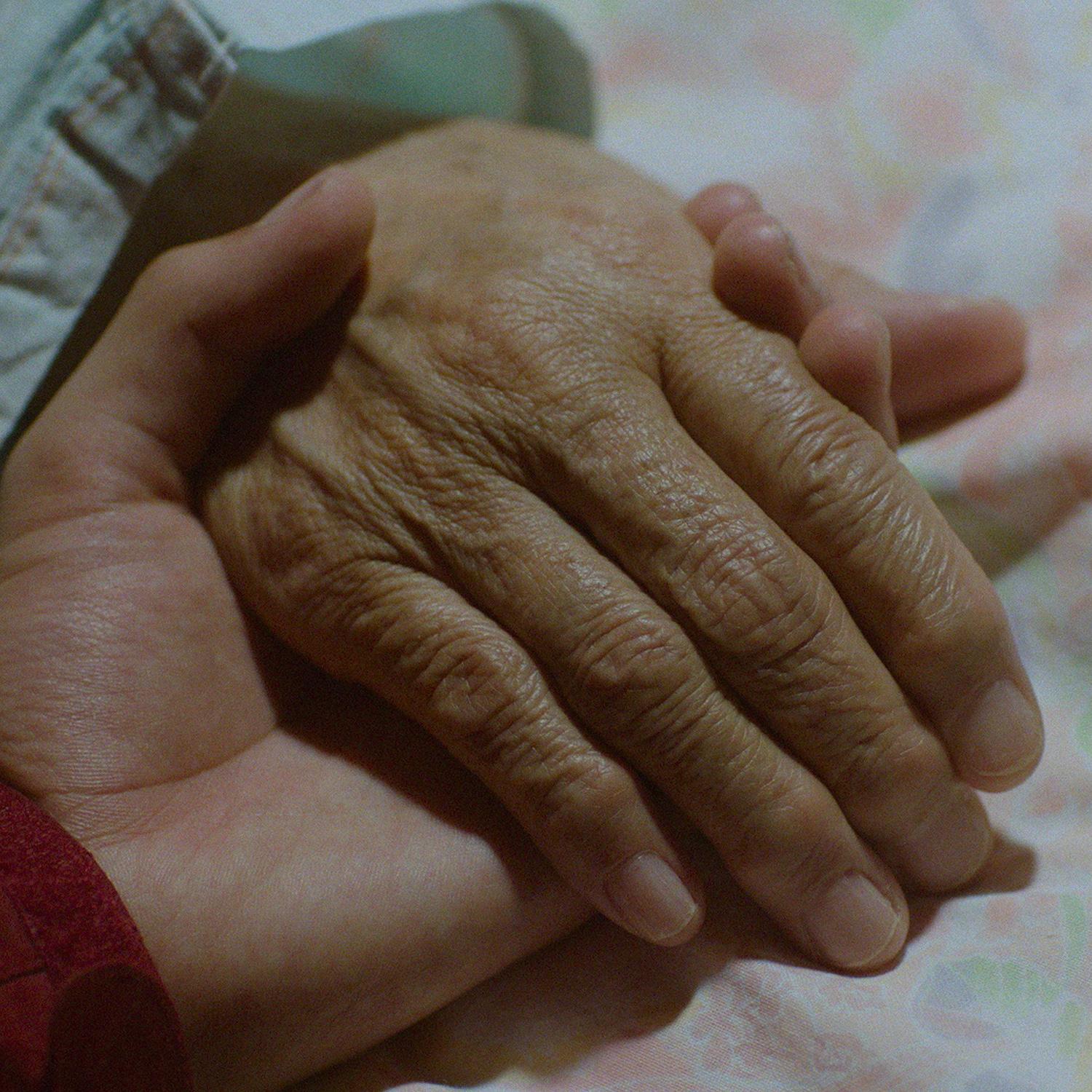CLARICE JENSEN is a composer, a cellist, a collaborator in recent years with the likes of (*takes a breath) Jóhann Jóhannsson, Max Richter, Björk, Stars of the Lid, Dustin O’Halloran, Joanna Newsom, Arcade Fire, Jónsi, Blonde Redhead, Frightened Rabbit, Beirut, and Nick Cave. Now tell me that isn’t quite the curriculum vitae to have gathered unto you by dint of your talents.
We’re not finished. She’s artistic director of the American Contemporary Music Ensemble, and is thus right at the heart of North American modern classical performance.
She released only her second album under her own name last year, the glimmering, cyclical dronescape of The experience of repetition as death being issued by FatCat’s 130701 experimental classical imprint, as is only befitting for an album this grand and enthralling (the vinyl’s sold out, sorry to report).
Now, after performing on new releases from both Michael Stipe and Taylor Swift – as you do – she’s returned with a digital-only EP, again for 130701, and marking her debut in the world of the film score.
It’s five tracks over a quarter-hour that provide the sonic depth to Ainu Mosir, a coming-of-age tale set in Northern Japan, in which a community‘s livelihood depends on performing ancient traditions for visiting tourists.
Torn between maintaining tradition and lured by the mysteries of adulthood, our filmic protagonist, 14-year-old Kanto, is on a journey to find a sense of self. With his peers restless and tired of being inveigled into cultural rituals in a language they don’t even speak themselves, Kanto is taken under the wing of a family friend, who introduces him to the secrets and wisdom of their ancestors. Now it’a for Kanto to choose his course: whether that be tradition or the course seemingly opening for the younger generation.
Directed by Takeshi Fukunaga, Ainu Mosir was awarded the Special Jury Mention award at the Tribeca Film Festival. at which it premiered. It’s streaming on Netflix in North America right now; hopefully it’ll come to our shores ere long, he says, writing in Britain.

Music is our concern here, of course; so, a little more about the circumstances of the new EP. Clarice recorded it at home on cello, piano and electronics. Although her first such soundtrack commission, she’s since received three more; her Ainu Mosir (it translates, as an aside, as ‘Land of the Humans’) EP shows how her musical potency would be the perfect adjunct to the moving image. Not, of course, that I personally wish her to move completely away from records as enthralling as The experience of repetition as death either, I must stress. Anyhow, let’s have a looksee.
“Fishing” is the opener: slow and lo-fi piano, bright in tone, paces slowly through motifs high on that resonance of decay, what Califone called ‘room sound’. Gradually electronic shimmer undertows the gentle, main flow, and you can pretty much see the sun reflecting back of the stream bed, fish scuttling; the communing nature of watching and waiting with at least some semblance of purpose in possibly catching.
“Summer” sees Clarice employing the cello as an instrument of percussive, tenebrous march, before it subsumes into rich, swirling and warming ‘tronica drone, sugar in your veins, a rising, ringing motif itself taking the helm; before its seasonal obverse, “Winter”, a brief, singing evocation that rises and falls, rises and falls in cello, post-produced for exceptional resonance and affecting gleam. You could fall in and float away; it could be many times its length herein and never outstay its welcome.
“Sacrifice” is fashioned from that same palette; outside the work of Oliver Coates, it’s rare to hear a cello so charged, those strings flowing from your speakers with the scarlet tones of wire mid-extrusion in the forge; heat and power and vibrancy. Supporting harmonies begin to wriggle in and out of the creel, adding other currents for you to seize onto.
It’s a different harmonic aesthetic that leads us towards the end: “Sleep” is ushered in on a busy, rubbing shuffle before once more opening out into languid tonal apricity; piano motifs gather, ring, decay in occasional echo, spare, every note with deft placing and effect.
Caveats, if there need be any? That each piece herein suggests many hours’ worth of other directions which I’m so eager to hear pursued. Brat that I am, I need these five tracks to last, oh, would a couple of hours be OK with you, say? And then you have to recall that Clarice is working to a brief, and that her work can only beautifully compliment a film which we in the UK haven’t had a chance to see. Oh, there is a trailer, so I shall embed that. (It’s just become available in the UK over at Netflix, I’m reliably informed).
In summation: Clarice Jensen’s Anu Mosir is a gorgeous way to spend a quarter of an hour of your time. Put it on repeat, let it maybe move beyond a rudely fractional usage of your day. It’s a delicious amuse-bouche, and can only whet your appetite for more. Meanwhile, I have some serious scouring of the web to do for a vinyl copy of The experience of repetition as death. I must be attending to that.
Clarice Jensen’s Ainu Mosir will be released on all the usual digital streaming platforms on January 29th. You can follow Clarice on Facebook, Instagram, and at her website.














[…] BACK in January we took a dive into Ainu Moisir – our full review can be found, here – a deft, brief quarter-hour of exploratory cello and electronica meshing and also a first […]